Description
Made from 16 Gauge mild steel (.0625”) to original specifications, this type of flats is what Enfield started out with during wartime manufacturing.
NO FFL or paperwork is required.
Ben Edwards Designs Product Catalog
Background
In 1944, the British General Staff issued a specification for a new submachine gun to replace the Sten. It stated that the new weapon should weigh no more than six pounds (2.7 kg), should fire 9×19mm Parabellum ammunition, have a rate of fire of no more than 500 rounds per minute and be sufficiently accurate to allow five consecutive shots (fired in semi-automatic mode) to be placed inside a one-foot-square (30 cm × 30 cm) target at a distance of 100 yd (91 m).
To meet the new requirement, George William Patchett, the chief designer at the Sterling Armaments Company of Dagenham, submitted a sample weapon of new design in early 1944. The first Patchett prototype gun was similar to the Sten insofar as its cocking handle (and the slot it moved back and forth in) was placed in line with the ejection port though it was redesigned soon afterwards and moved up to a slightly offset position. The army quickly recognised the Patchett’s significantly increased accuracy and reliability compared to the Sten and ordered 120 examples for trials. Towards the end of the Second World War, some of these trial samples were used in combat by airborne troops during the battle of Arnhem and by special forces at other locations in Northern Europe where it was officially known as the Patchett Machine Carbine Mk 1. For example, a Patchett submachine gun (serial numbered 078 and now held by the Imperial War Museum), was carried in action by Colonel Robert W.P. Dawson while he was Commanding Officer of No. 4 Commando, during the attack on Walcheren as part of Operation Infatuate in November 1944. Because the Patchett/Sterling can use straight Sten magazines as well as the curved Sterling design, there were no interoperability problems.
Technical Information
| In service | 1944–present |
| Designer | George William Patchett |
| Designed | 1944 |
| Manufacturer | Sterling Armaments Company |
| Produced | 1953–1988 |
| No. built | 400,000+ |
| Variants | See Variants |
| Specifications | |
| Mass | 2.7 kilograms (6.0 lb) |
| Length | 686 millimetres (27.0 in) |
| Folded stock: 481 millimetres (18.9 in) | |
| Barrel length | 196 millimetres (7.7 in) |
| Cartridge | 9×19mm Parabellum |
| Action | API Blowback |
| Rate of fire | 550 rounds/min |
| Effective firing range | 200 metres (220 yd) |
| Suppressed: 50–100 metres (55–109 yd) | |
| Feed system | 34-round box magazine or 32- or 50-round box magazine from the Sten and Lanchester |
| Sights | Iron sights |
Design
The Sterling submachine gun is constructed entirely of steel and plastic and has a shoulder stock, which folds underneath the weapon. There is an adjustable rear sight, which can be flipped between 100 and 200 yard settings. Although of conventional blowback design firing from an open bolt, there are some unusual features: for example, the bolt has helical grooves cut into the surface to remove dirt and fouling from the inside of the receiver to increase reliability. There are two concentric recoil springs which cycle the bolt, as opposed to the single spring arrangement used by many other SMG designs. This double-spring arrangement significantly reduces “bolt-bounce” when cartridges are chambered, resulting in better obturation, smoother recoil and increased accuracy.
The Sterling’s double-column feed box magazine was designed in 1946 by George Patchett. While the original Patchett gun was intended to take Sten or Lanchester magazines, these magazines’ lack of reliability led Patchett to initially redesign the Sten magazine with a roller platform to reduce friction, and then to construct a new double-feed magazine that implemented the earlier roller platform, a stamped metal construction, and a curved magazine body, allowing the 9×19mm round to feed more reliably. The bolt feeds ammunition alternately from the top and bottom of the magazine lips, and its fixed firing pin is designed so that it does not line up with the primer in the cartridge until the cartridge has entered the chamber. In its final iteration, the magazine uses a four-piece construction with scalloped, spot-welded edges and positioning notches.] While originally intended to hold forty rounds, concerns over the magazine’s ability to fit into the ammunition pouch of the then-new 1944 Pattern Web Equipment led the magazine to be shortened to its final capacity of thirty-four rounds; when introducing the Mk 7 Pistol variant in 1983, Sterling produced magazines with capacities of ten and fifteen rounds for that weapon, as well as introducing “twin-stacked” versions of these and the original thirty-four round magazine. The Sterling magazine is said to be one of the best ever designed. While Sterling provided magazines for British Armed Forces weapons, with these being designated as “Magazine, 9mm, L1A1″, cost issues led the Ministry of Defence to pursue the design and production of a non-Sterling L1A2 version which used a stamped and electrically seam-welded two-piece construction with a singular positioning lug and was 9.8″ long down the rear spine compared to the 9.6” of Sterling-produced magazines. Production Sterlings retain the earlier Patchett gun’s compatibility with Sten and Lanchester magazines; while the Lanchester gun is theoretically capable of using Sterling magazines, the same cannot be said for the Sten gun since a Sterling magazine intrudes 3⁄32” further into the bolt way than a Sten magazine and so attempting to fire a Sten gun with a Sterling magazine fitted would cause the breech block to foul the rear of the magazine, while attempting to counteract this by withdrawing the magazine by 3⁄32” would merely result in the magazine’s top round being out of alignment with the breech block by 3⁄16“. This issue is not present on Sterling guns fitted with Sten magazines; while the magazine will be 3⁄32” further away from the breech block’s centre line, the top round remains in line with the breech and so can be reached by the Sterling’s more robust feed horns. The Sterling gun and its magazine were purportedly designed this way in order to prevent a situation where, instead of buying the actual Sterling gun, prospective users might only buy its magazines and then use these with their pre-existing Sten guns.

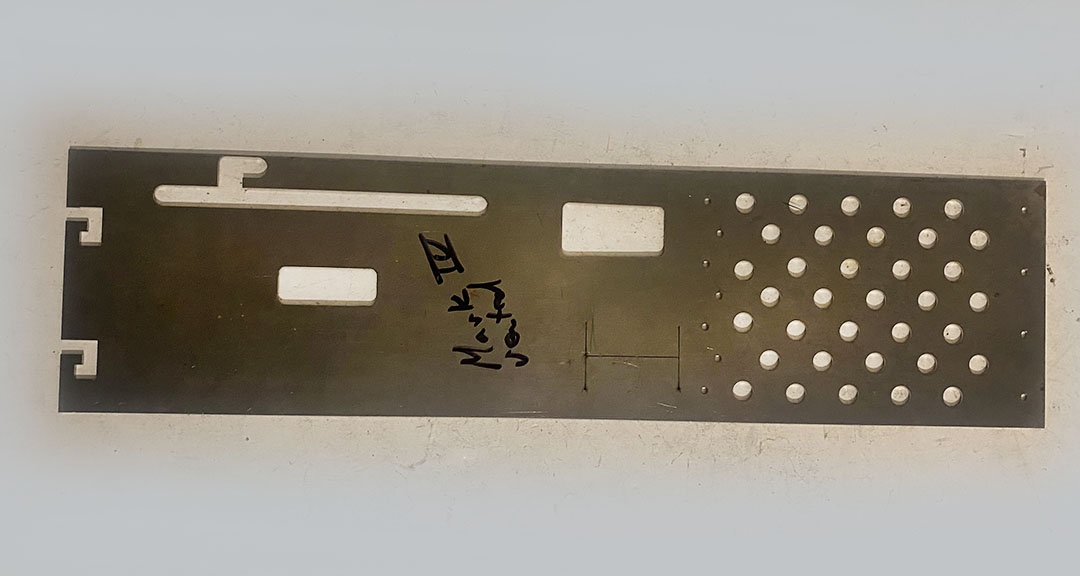
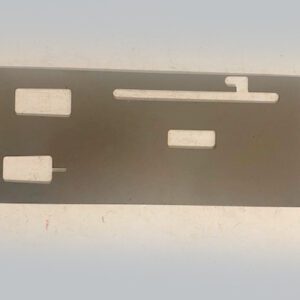
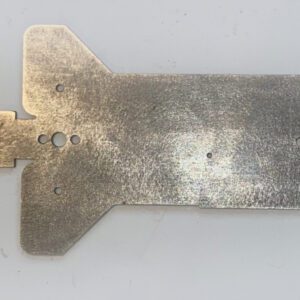
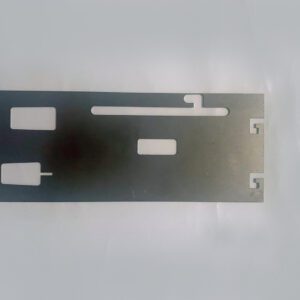
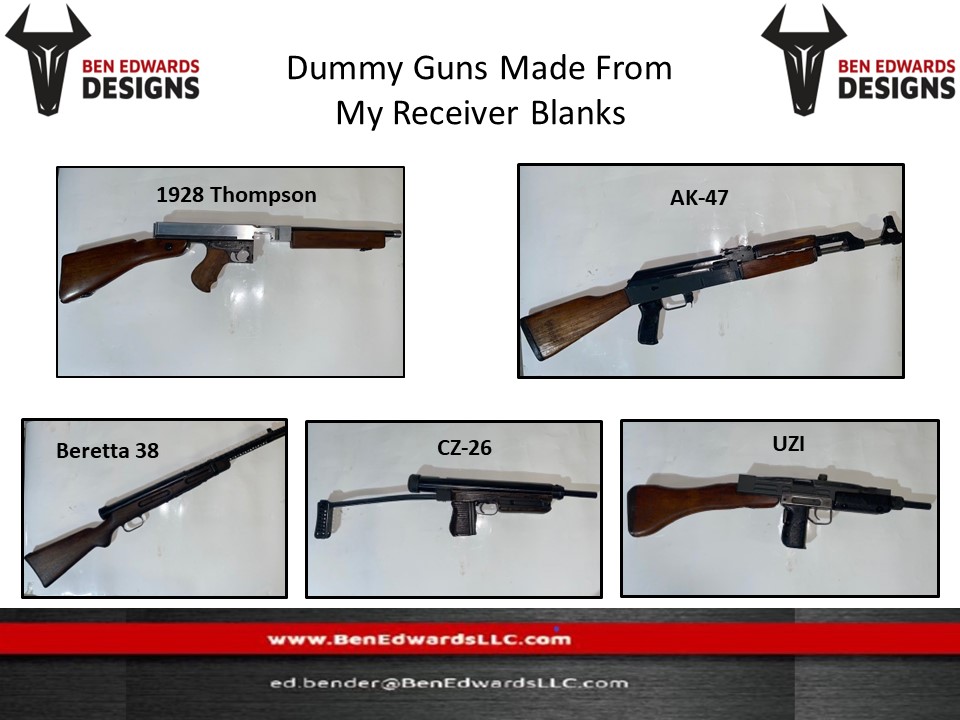
Reviews
There are no reviews yet.